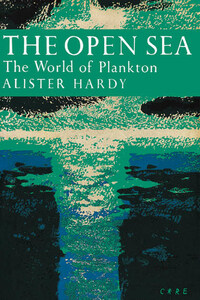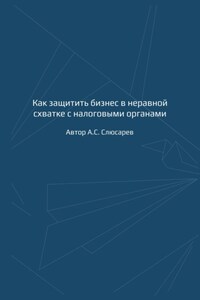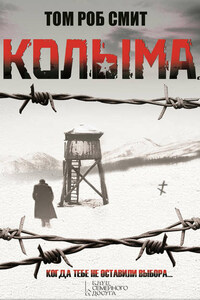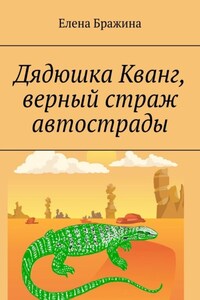Collins New Naturalist Library
34
The Open Sea â Its Natural History:
The World of Plankton
Alister C. Hardy
JAMES FISHER, M.A.
JOHN GILMOUR, M.A.
JULIAN HUXLEY, M.A., D.SC, F.R.S.
L. DUDLEY STAMP, G.B.E., D.LITT., D.SC.
PHOTOGRAPHIC EDITOR:
ERIC HOSKING, F.R.P.S.
The aim of this series is to interest the general reader in the wild life of Britain by recapturing the inquiring spirit of the old naturalists. The Editors believe that the natural pride of the British public in the native fauna and flora, to which must be added concern for their conservation, is best fostered by maintaining a high standard of accuracy combined with clarity of exposition in presenting the results of modern scientific research. The plants and animals are described in relation to their homes and habitats and are portrayed in the full beauty of their natural colours.
PROFESSOR HARDY began his marine biologistâs life over a third of a century ago on his return from service in the first world war. After Oxford and a scholarship to the Stazione Zoologica at Naples, he soon became a member of the Fisheries Department in the Ministry of Agriculture and Fisheries; and, in the middle âtwenties, served as Chief Zoologist to the R.R.S. Discovery expedition, to the Antarctic seas, making a special study of plankton. His subsequent professorshipsâfirst at University College (now the University of) Kingston-upon-Hull; next at Aberdeen; and since 1945 at the University of Oxfordâhave brought him the highest academic status and honours, but have not kept him away from his beloved sea. In the closing stages of the writing of this volume, as the editors well remember, he was correcting the typescript, and completing his unique and wonderful colour illustrations, on the deck of the latest Royal Research Ship, Discovery II, scanning the contents of each netting or dredging, sketching new or rare creatures of the sea before their colour faded, applying himself to his research with an enthusiasm excelling that of most naturalists of half his age.
If the editorial board were asked to select from Professor Hardyâs many scientific qualities that which has contributed most to the creation of this extraordinary book, they would perhaps settle for enthusiasm. Throughout The Open Sea it is quite apparent that he is devotedly obsessed by, and interested in, animals; he is eternally curious about the nature of their adaptations and lives, brilliantly critical in the examination of their mysteries, acutely lucid and at the same time highly artistic in his depiction of them in his remarkable plates. It was a welcome burst of enthusiasm that caused Professor Hardy to write so much and so well of the life of the sea that he has written us two books instead of one. It is the first of these, concerned with the general natural history of the open sea and the world of its plankton, that we here welcome. The second part of The Open Sea concerns the open seaâs fish and fisheries, and will be published some time in 1957 or early 1958; like the present book, it will be illustrated by Professor Hardyâs own colour paintings, which represent what no colour-camera has yet been able to catch, and by black and white photographs by that most distinguished marine biologist and skilful photographer, Douglas P. Wilson.
To most readers the subject of this first of Professor Hardyâs two contributions to our seriesâthe world of Planktonâwill be relatively unknown and mysterious; but here the enlightened amateur naturalist is shown how, with modest equipment he may investigate it himself. The world of plankton is a world of complex anatomy, much of which can be understood only with the lens of the microscope. The life-histories of the animals are also complicated; some of them are extraordinary. To describe the plankton of our seas, and to set it in its pattern of community, climate, sea-scene and season is a major task. Professor Hardy has brought vast knowledge and experience and scholarship to a synthesis never before attempted.
THE EDITORS
ORIGINALLY it had been intended that the whole natural history of the sea, apart from that of the sea-shore and of the sea-birds already dealt with in the New Naturalist series, should be treated in one general volume. As the writing proceeded, however, it became clear that to do justice to the subject it would be impossible to include all its different elements within a single cover. There is the life of the plankton in almost endless variety; there are the many kinds of fish, both surface and bottom living; there are the hosts of different invertebrate creatures on the sea-floor; and there are those almost grotesque forms of pelagic life in the oceans depths. Then there are the squids and cuttlefish, and the porpoises, dolphins and great whales. In addition manâs fisheries now play such an important part in the ecology of our waters that they also must form a part of any general natural history of the sea.








